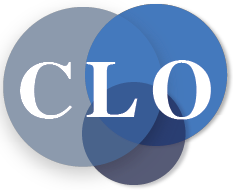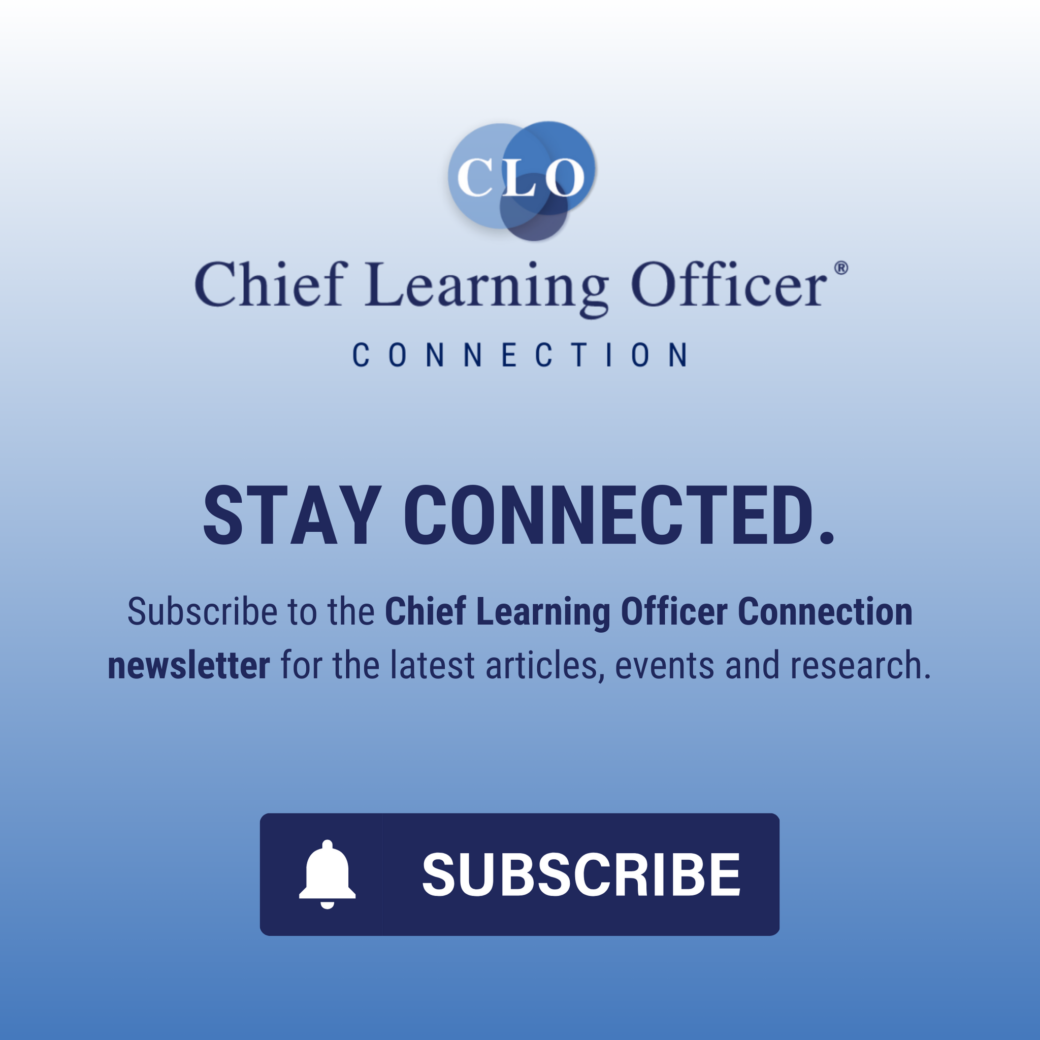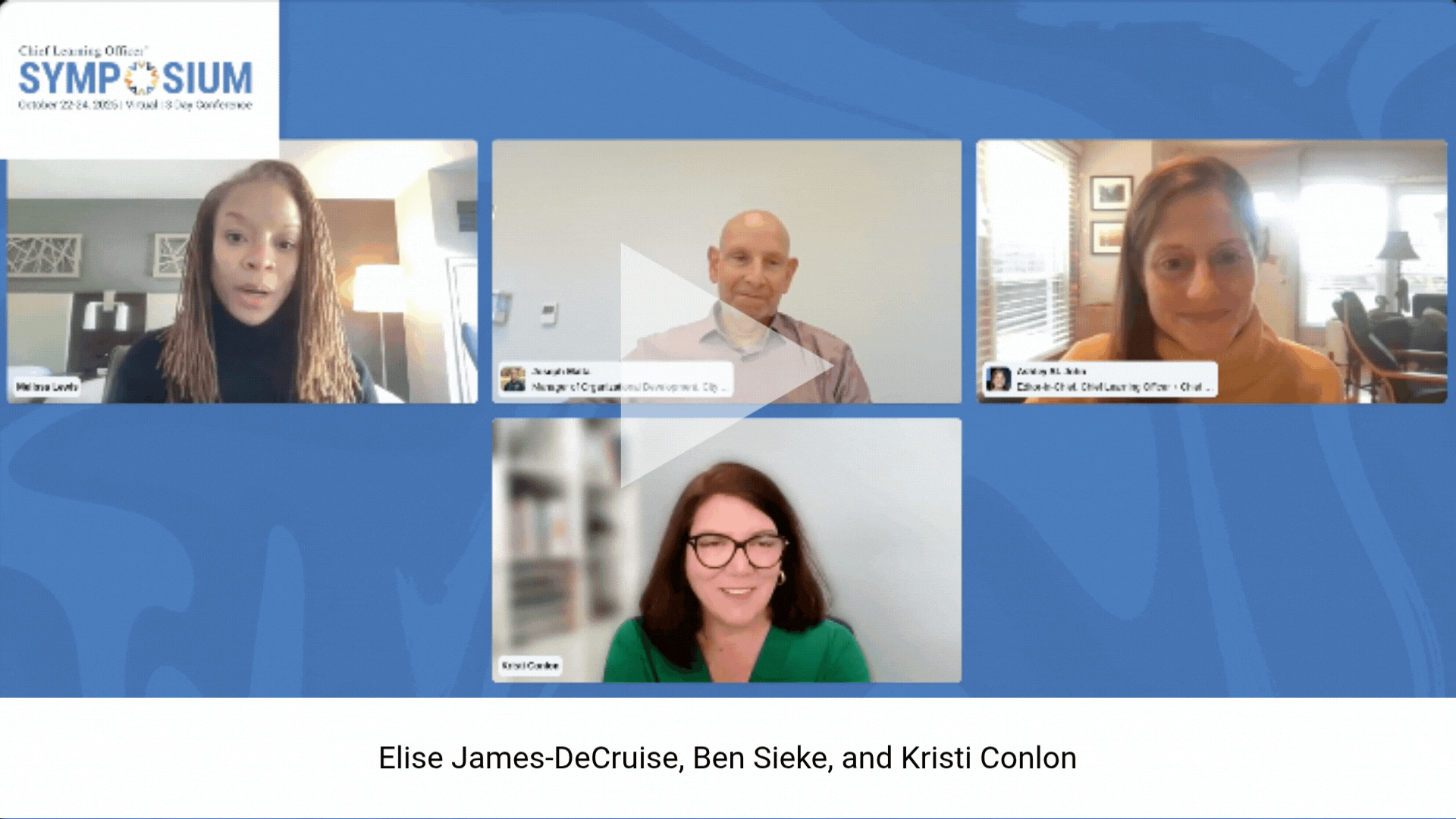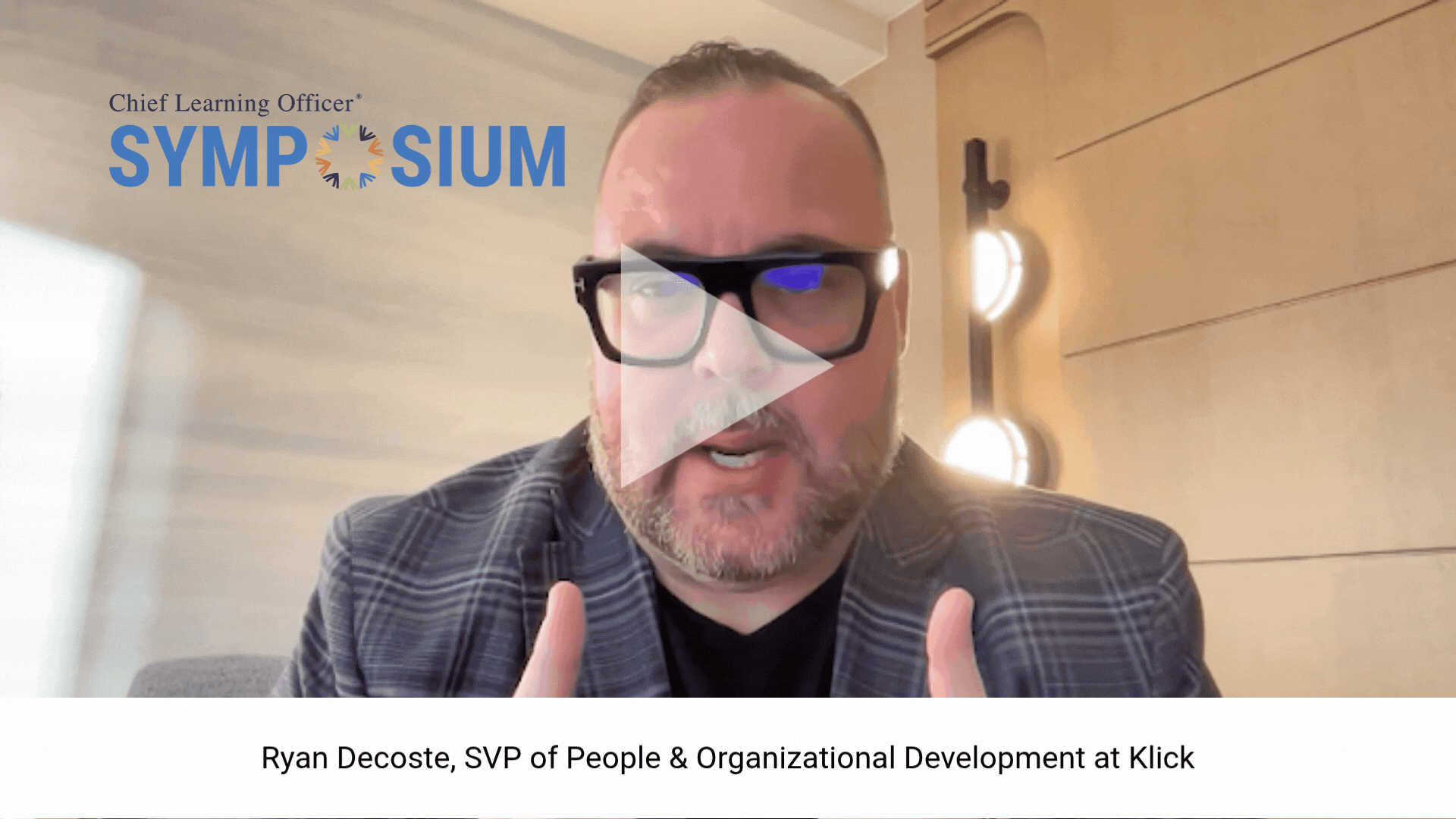“Grow our talent, incredible things happen.”
This six-word story—shared by firm leaders Kurt Gresens (managing partner), Maureen Pistone (chief human resources officer) and Kelly Fisher (chief practice officer)—became the cornerstone of why and how we launched and scaled Wipfli’s internal coaching practice.
In January 2022, fresh out of the pandemic, our leadership team approached us with a pressing concern: Engagement and retention among a key group of high-performing senior managers were declining. Some were disengaged; others were leaving.
We dug into the data and surfaced a bold solution—internal executive coaching. With strong sponsorship from our leaders, we invested in our first full-time internal coach dedicated to supporting this critical population. It was a significant commitment, but one that signaled our belief in coaching as a strategic lever for talent development.
This wasn’t just a program launch—it was the beginning of a bespoke, high-touch coaching experience tailored to the needs of our top talent.
And we didn’t wait for the “perfect” time. We launched our pilot during the busiest season of the year for our tax professionals—January through March. Some questioned the timing. We saw it differently. We wanted our senior managers to feel supported when it mattered most.
“We knew that if we could show up for our people during their most demanding season, we’d send a powerful message: we’re invested in your growth, not just your output.”
— Maureen Pistone, CHRO, Wipfli
This decision set the tone for everything that followed—intentional, people-centered and impact-driven.
Our vision was bold: Unlock human potential through coaching. We started with one internal executive coach and 22 leaders in one area (tax).
The pilot was a success. Participants experienced support during their busiest season and were able to achieve their goals set during the coaching engagement. Our post-coaching surveys showcased impact and involved feedback from the participants’ managers as well. Our NPS was sky-high, and we had successfully created momentum and excitement.
Today, we have a team of three internal and four external executive coaches led by a program manager and executive coach. We have provided coaching to 200-plus leaders expanding across all areas of the firm since that pilot, with 95 percent of leaders achieving goals within the coaching engagement. Our engagement and retention numbers continue to be solid. We are now known as Wipfli’s professional coaching practice.
Reflecting on the last three years, I found myself pondering several important reflections. All centered around one question: What helped us grow from launch to something much bigger?
I am hopeful that for those of you considering how and if to launch an internal coaching practice, this reflection will be insightful and spur some thinking.
Tone starts at the top: Sponsorship and guidance from our firm leaders were critical. The success of our coaching practice began with strong sponsorship and guidance from firm leadership. Our leaders recognized the transformative impact coaching can have, not just on individual leaders, but on the broader organization through its ripple effects.
Start small, think big: We began with a small, high-impact group, but our vision was anything but small. From the outset, we believed deeply in the power of coaching to drive meaningful growth. That belief was backed by intentional research, a commitment to best practices and a willingness to learn from organizations already doing it well. This strong foundation helped us stay focused and agile, allowing us to grow without becoming overwhelmed by the pace of change around us.
Personalized, professional and powerful: The foundation of our coaching practice is built on three core principles: confidentiality, unbiased dialogue and customization. While each engagement includes a set number of sessions, the structure of those sessions aligns with International Coaching Federation standards—ensuring consistency in quality while allowing for flexibility in content.
This intentional design makes coaching at Wipfli both relevant and impactful. We embrace a “one size fits one” philosophy, tailoring each experience to the individual. What remains consistent throughout sessions is the presence of meaningful, coachee-driven goals and rich, reflective dialogue guided by the coach.
The coachee also benefits from support that includes their direct manager during the engagement, while confidentiality remains protected.
As one coachee shared at the end of their coaching engagement: “I feel I have gained a deeper understanding of my abilities and areas for improvement, which has empowered me to leverage my strengths more effectively and address my weaknesses with confidence. Specifically, I was able to address a project I had let sit idly for a long time; we examined why that may be and immediately took action to revise my approach, which has allowed me to see my goals more clearly.”
Internal vs. external coaches: It’s not either/or
In conversations with peers across industries, one question surfaced repeatedly: Should we rely on internal coaches or bring in external ones? At Wipfli, we found that this isn’t a binary choice; it’s a strategic one.
While external coaches bring fresh perspectives and objectivity, the true power of coaching often lies in context. Our internal coaches are embedded in the organization. They understand our culture, our language and our people. This deep familiarity allows them to build trust quickly and tailor coaching to the realities our leaders face.
That said, we also recognized the unique value external coaches offer—particularly for our partners. For this audience, we intentionally engaged external coaches to provide an unbiased, outside-in perspective. Many of our partners found this external voice to be both refreshing and valuable.
We didn’t fall into the trap of choosing one over the other. Instead, we designed a model where both internal and external coaches have a place, each serving a distinct purpose.
This balanced approach allowed us to scale thoughtfully, meet diverse needs and reinforce coaching as a strategic lever across all levels of leadership.
Our internal and external coaches are ICF certified and are all at the PCC level or higher. This means that they underwent rigorous training and testing to become a coach.
Measure what matters
While we began by tracking foundational metrics—such as Net Promoter Score, attendance, and goal completion—we quickly realized the need for a more holistic approach.
“We knew we had to measure what matters—not just participation, but impact. That’s how we earn trust and investment.”
— Michelle Davis, program manager and executive coach
We take the investment in our coaching program seriously. That’s why we measure both leading and lagging indicators of success. Leading metrics include session attendance, goal achievement and pre- and post-coaching surveys completed by both participants and their managers. Lagging metrics—such as employee engagement, retention and performance—help us understand the broader organizational impact.
This dual-lens approach gives us a comprehensive view of how coaching drives meaningful outcomes, not just for individuals, but for the business as a whole.
By staying closely connected with our business leaders, we ensure coaching remains relevant and responsive to their teams’ evolving needs.
Scaling the practice
In 2024, Wipfli deepened its commitment to coaching by investing in a second full-time executive coach. This marked a pivotal moment—one where we moved from piloting success to scaling impact across broader populations within the firm.
Scaling our coaching practice required more than enthusiasm. It demanded thoughtful infrastructure, clear measurement and cultural alignment. We developed a 30-60-90-day roadmap to guide execution, including focus groups to gather feedback, an internal communications plan to build awareness, coaching management software to streamline operations and a robust goal-setting framework to ensure accountability.
We’ve built systems and processes that allow our coaches to focus on what they do best—coaching—while ensuring the practice runs smoothly behind the scenes. This operational backbone enables us to deliver a consistent, high-quality coaching experience at scale, without losing the personal touch that makes it impactful.
Coaching is not a one-off
At Wipfli, we’ve intentionally aligned our coaching practice with the firm’s broader leadership model—embedding it into leadership development and other key talent processes. We recognized early on that coaching cannot exist in isolation. For it to thrive, it must be part of a larger development ecosystem.
That ecosystem includes a robust people manager development program, flagship leadership offerings and a culture of continuous, year-round feedback. Together, these elements reinforce and amplify the impact of coaching—ensuring it’s not a one-time intervention, but a sustained, strategic capability.
By integrating coaching into the way we grow and support our people, we’re not just building a program—we’re cultivating a coaching culture.
What’s next? Looking ahead: Innovation with intention
We’re now exploring how to deepen our coaching impact through group and team coaching, AI-enabled tools, and external benchmarking—including aspirations to meet the ICF Coaching in Organizations award standards.
As we experiment with AI in coaching and role-play scenarios, our goal is not to replace the human element, but to enhance it. We’re exploring how technology can supplement the coaching experience—offering scalable practice environments, real-time feedback, and deeper insights for both coaches and coachees.
We remain firmly grounded in our belief that coaching is a human-centered practice. But we’re excited about the possibilities that technology brings to elevate our coaches’ reach, precision and impact.
Whether you are a chief learning officer, an internal coaching practice leader or a talent development leader, our experience offers several takeaways for organizations looking to launch or scale internal coaching:
- Start with a clear vision and pilot intentionally.
- Design for scalability—build systems, not just sessions.
- Measure impact early and often.
- Engage leaders as both sponsors and participants.
- Create feedback loops to continuously evolve.
At Wipfli, coaching is more than a development tool—it’s a strategic lever for growth, engagement and transformation. I hope our journey inspires other organizations to invest in the power of internal coaching.
A personal reflection
As a certified coach, I once dreamed of a day when I or others like me could serve as full-time internal coaches. That dream became a reality. Not only did I have the privilege of coaching internally, but I also had the opportunity to build and lead Wipfli’s internal coaching practice from the ground up.
As a leader in our talent and organizational development team, I’m incredibly proud of what we’ve accomplished. We’ve created something meaningful, scalable and deeply human. I’m equally energized by what lies ahead.
For those of you considering launching an internal coaching practice, I hope this reflection offers both insight and inspiration.
Start where you are, stay curious, and remember: When you grow your talent, incredible things happen.















